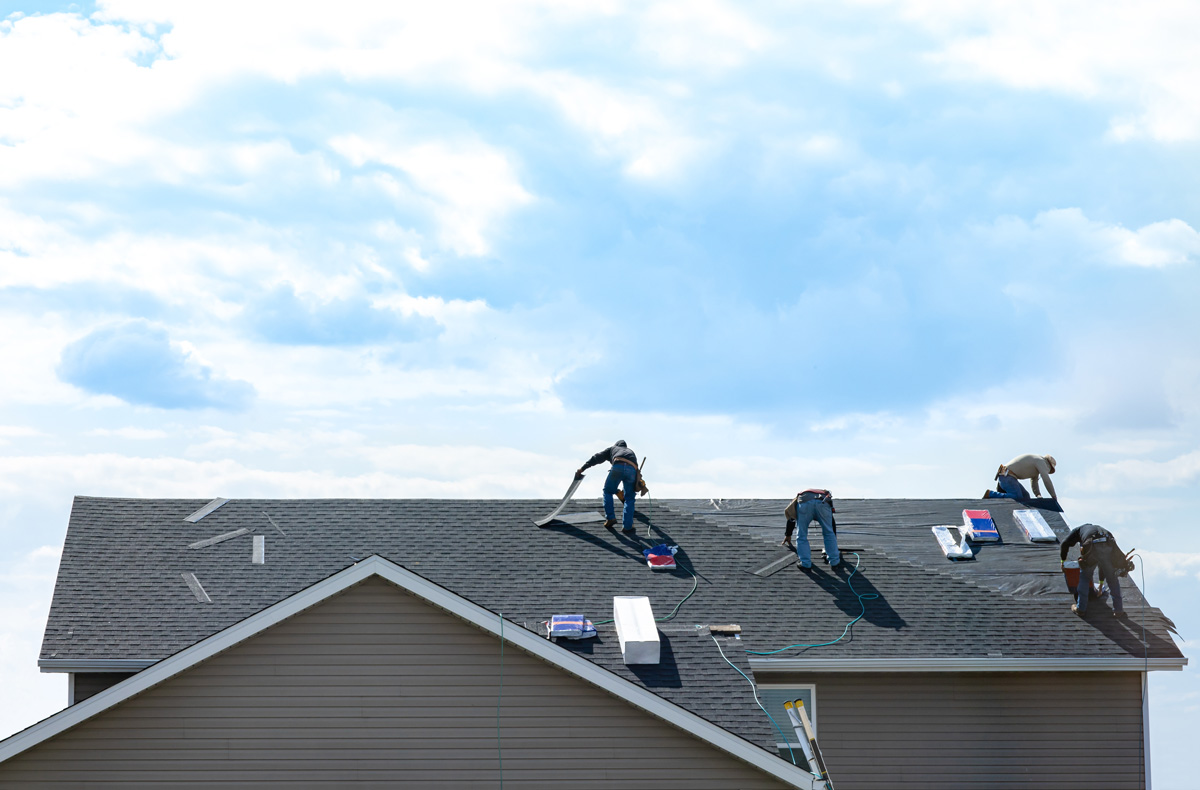CXBOS Insights
Your daily dose of news, insights, and information.
When Roofs Cry: The Secrets to Quick Fixes
Discover the hidden secrets to DIY roof repairs and prevent costly damages with quick fixes that anyone can tackle!
5 Common Roof Problems and How to Fix Them Quickly
When it comes to maintaining your home, roof problems can often go unnoticed until they become serious issues. Here are 5 common roof problems that homeowners usually face: (1) missing shingles, (2) leaks, (3) sagging, (4) mold and algae, and (5) damaged flashing. Each of these problems can lead to further damage if not addressed promptly, making it crucial to identify and fix them quickly.
To fix these roof problems efficiently, you can start by inspecting your roof for any visible damage. For missing shingles, simply replace them with new ones, ensuring they match the existing material. If you spot leaks, use roofing sealant on minor issues or call a professional for extensive damage. Address sagging by reinforcing the roof structure, and clean off any mold or algae with a mixture of water and bleach. As for damaged flashing, reapply adhesive or call a roofer if you’re unsure. Taking these steps can help safeguard your roof and extend its lifespan.

DIY Roof Repair: Tips and Tricks for Emergency Fixes
When faced with a sudden leak or damage to your roof, DIY roof repair can save you time and money. First, assess the damage by inspecting the exterior of your roof for missing shingles, cracked tiles, or any visible holes. Safety is paramount, so ensure you have a sturdy ladder, and wear appropriate safety gear. If you discover a small leak, you can patch it using a roofing adhesive or silicone sealant. Simply clean the area around the leak, apply the sealant, and smooth it out. For shingle repairs, remove any damaged shingles and replace them with new ones, securing them with roofing nails and sealant.
In the case of more extensive damage, consider using a tarp as a temporary fix to prevent further water intrusion until a permanent repair can be made. Follow these steps for a quick and effective tarp installation:
- Choose a durable tarp that extends beyond the damaged area.
- Securely fasten the tarp to your roof with nails or heavy-duty clips.
- Make sure to tie down the tarp in place to withstand wind and rain.
Is Your Roof Leaking? Quick Steps to Identify and Address the Issue
If you suspect that your roof is leaking, it's crucial to act quickly to prevent further damage. Start by performing a visual inspection of both the interior and exterior of your home. Look for signs such as water stains on ceilings or walls, damp patches, or mold growth. Outside, check for missing or damaged shingles, cracked flashing, or debris that could cause water to pool. If any of these indicators are present, it's likely that you have a leak that requires immediate attention.
Once you have identified potential problem areas, the next step is to address the issue. Temporary measures can be taken, such as using a tarp to cover leaks or sealing gaps with roofing cement, but these should only be stopgap solutions. It’s essential to consult a qualified roofing professional who can provide a thorough inspection and recommend the best course of action to repair your roof and protect your home from further damage. Remember, prompt action can save you from more extensive repairs and costly renovations down the line.